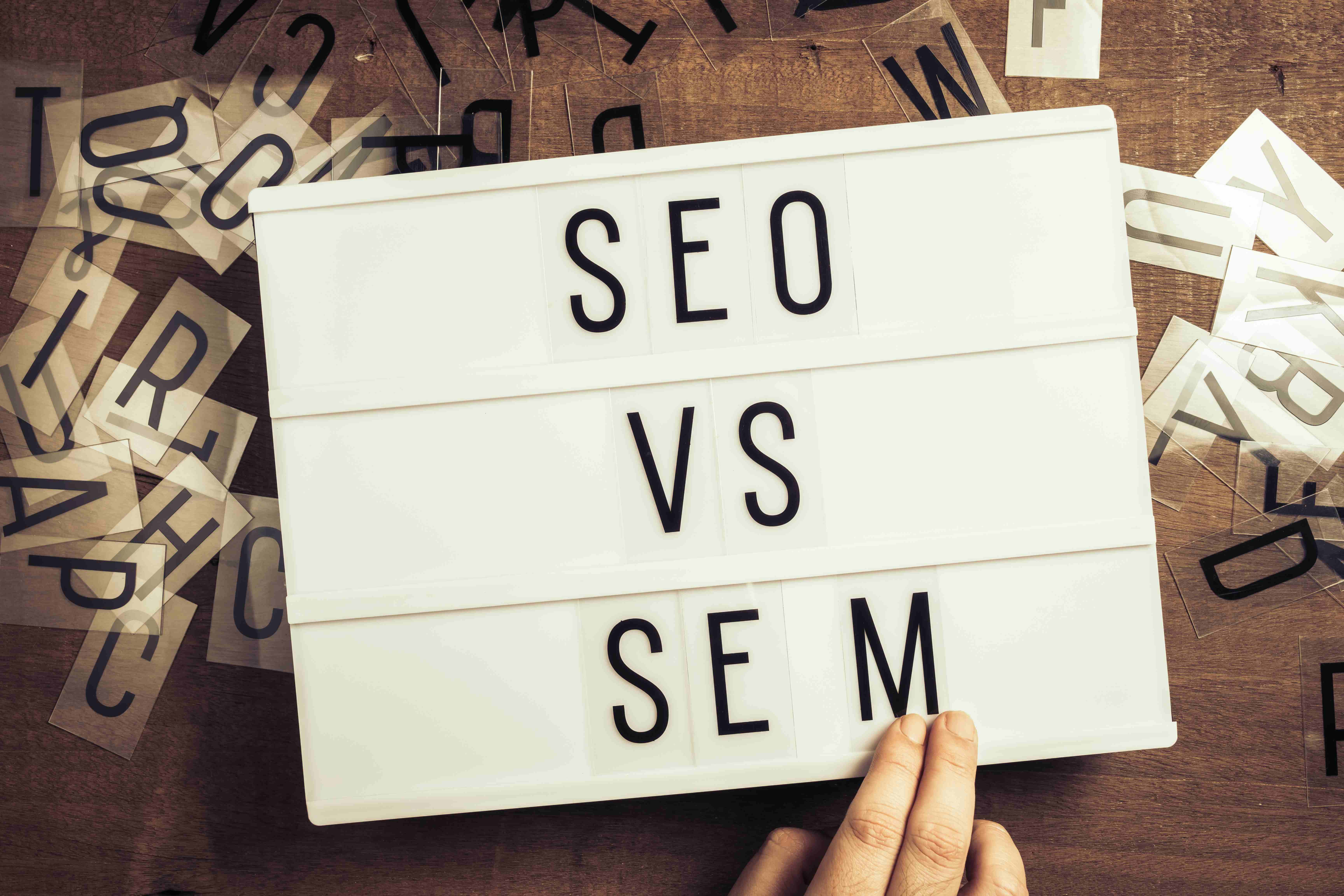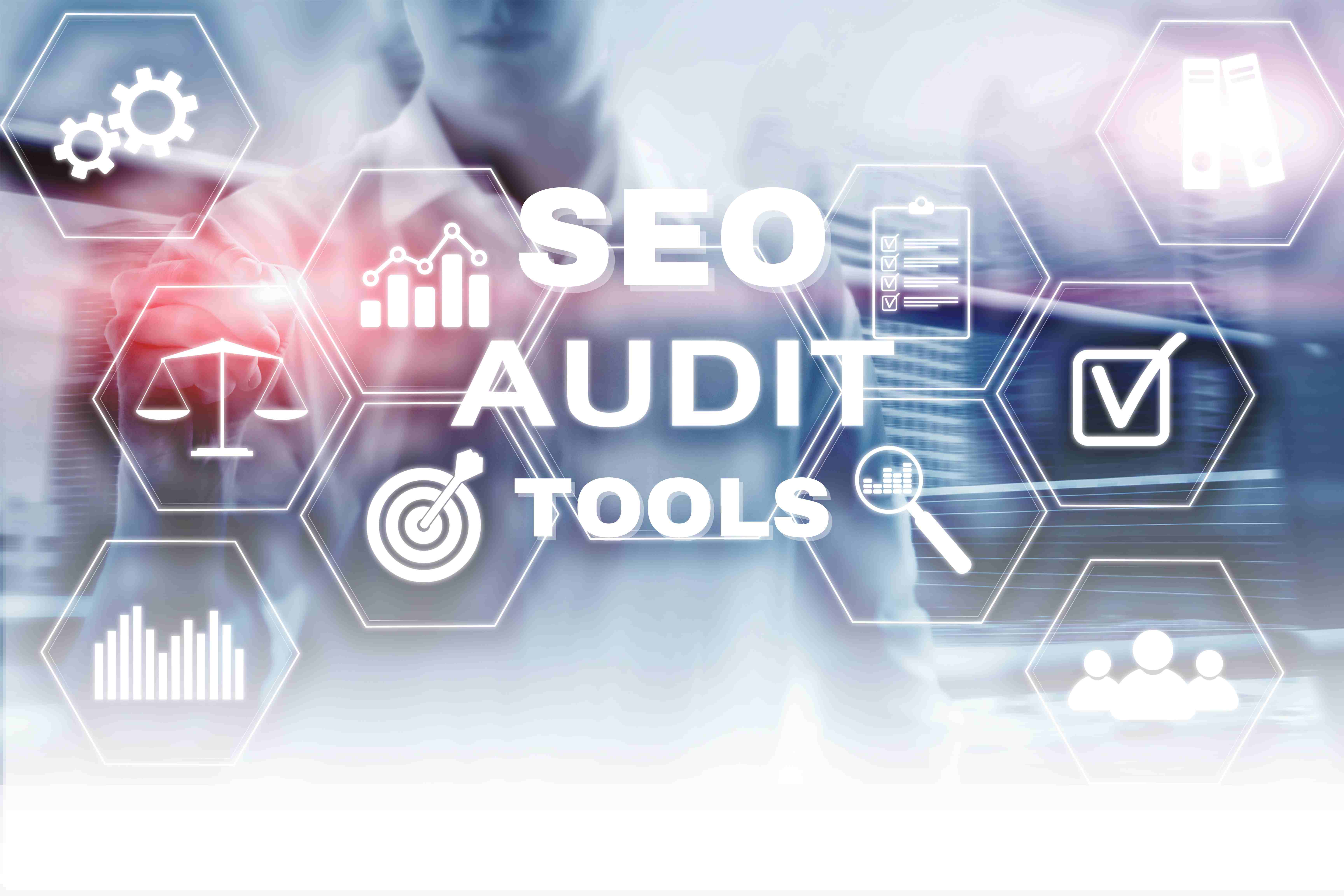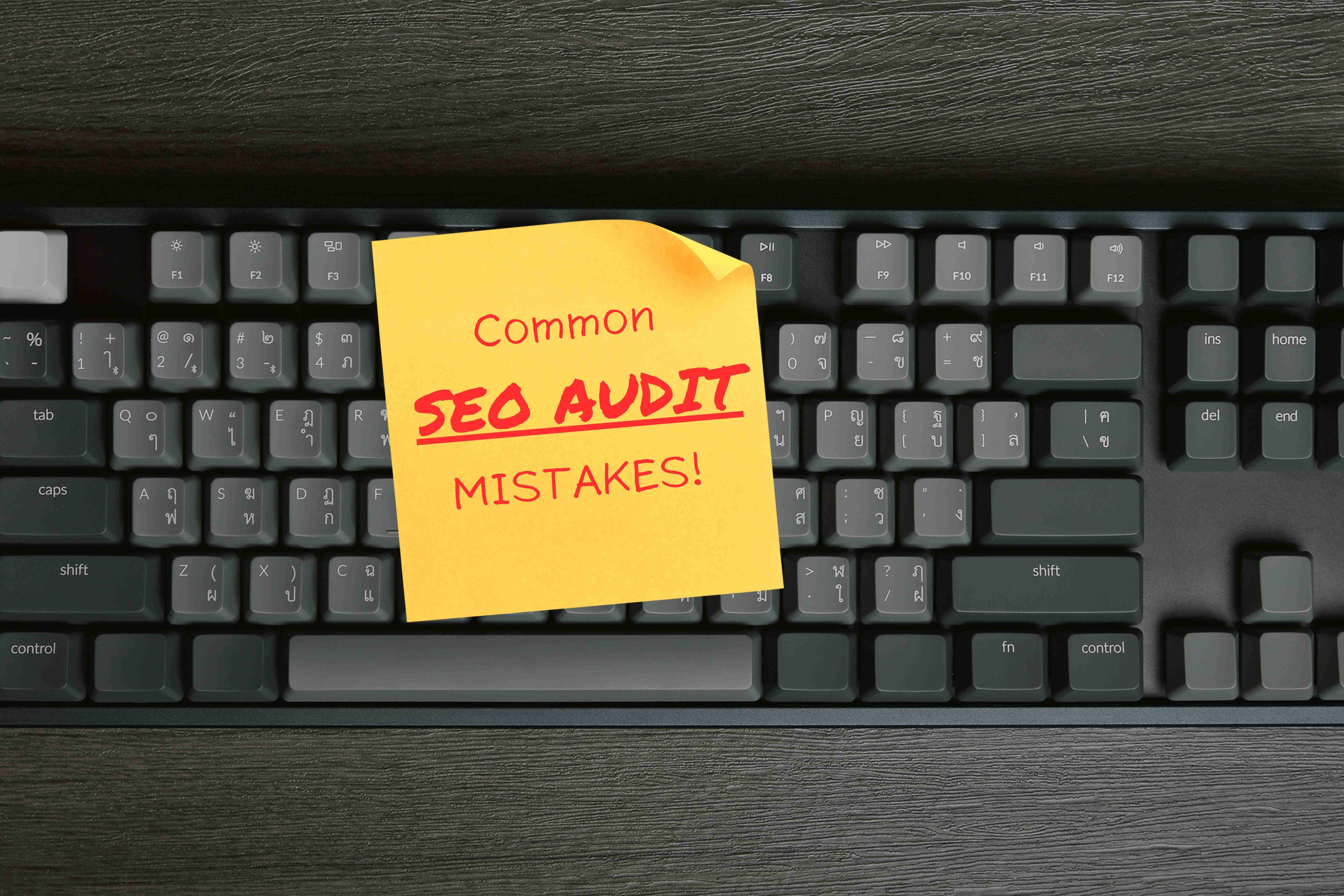For business owners looking to enhance their online store’s visibility and drive more organic traffic, understanding the distinctions between SEO (Search Engine Optimization) and SEM (Search Engine Marketing) is crucial. While both strategies aim to increase visibility on search engines, they employ different approaches and techniques. This comprehensive guide will help you grasp the key differences between SEO and SEM, along with actionable tips and the latest trends relevant to both.
Table of Contents
- Introduction to SEO and SEM
- Key Differences Between SEO and SEM
- Benefits of SEO
- Benefits of SEM
- Actionable Tips for SEO
- Actionable Tips for SEM
- Latest Trends in SEO
- Latest Trends in SEM
- Conclusion
- About Don Hesh SEO
1. Introduction to SEO and SEM
SEO (Search Engine Optimization) is the process of optimizing your website to rank higher in organic search results. It involves various techniques, such as keyword research, content creation, link building, and technical optimization, to improve the site’s visibility and attract more organic traffic.
SEM (Search Engine Marketing) encompasses both SEO and paid search advertising. The most common form of SEM is Pay-Per-Click (PPC) advertising, where businesses bid on keywords to display their ads at the top of search engine results pages (SERPs).
2. Key Differences Between SEO and SEM
- Cost: SEO primarily involves time and effort, while SEM requires a financial investment for ad placements.
- Speed: SEO is a long-term strategy that takes time to show results, whereas SEM can generate immediate visibility and traffic.
- Sustainability: SEO provides lasting benefits and sustained traffic, while SEM offers temporary visibility that ends when the ad budget is exhausted.
- Click-Through Rate (CTR): Organic listings (SEO) generally have higher CTRs compared to paid ads (SEM).
3. Benefits of SEO
- Cost-Effective: Once established, organic traffic is free, unlike paid advertising.
- Credibility: High organic rankings build trust and credibility among users.
- Sustainability: SEO provides long-term results and continuous traffic.
- Higher CTR: Users are more likely to click on organic results compared to ads.
4. Benefits of SEM
- Immediate Results: SEM can drive traffic quickly once the campaign is live.
- Targeted Ads: Allows precise targeting based on keywords, demographics, and user behavior.
- Control: Greater control over ad placements, budgets, and targeting.
- A/B Testing: Easy to test and optimize different ad copies and strategies.
5. Actionable Tips for SEO
- Keyword Research: Identify relevant keywords with high search volume and low competition.
- Quality Content: Create valuable, informative, and engaging content to attract and retain visitors.
- On-Page Optimization: Optimize meta tags, headers, and images with target keywords.
- Link Building: Acquire high-quality backlinks from reputable websites to boost authority.
- Technical SEO: Ensure your website is mobile-friendly, has fast loading times, and a clear site structure.
6. Actionable Tips for SEM
- Keyword Selection: Choose keywords that align with your business goals and target audience.
- Compelling Ad Copy: Write engaging ad copy that includes a strong call-to-action (CTA).
- Landing Pages: Create optimized landing pages that match the intent of your ads.
- Budget Management: Set and monitor budgets to ensure cost-effective ad spend.
- A/B Testing: Continuously test and refine your ads to improve performance.
7. Latest Trends in SEO
- Voice Search Optimization: Optimize content for voice search queries.
- Core Web Vitals: Focus on improving page experience metrics like loading speed, interactivity, and visual stability.
- AI and Machine Learning: Use AI-driven tools for keyword research, content optimization, and performance analysis.
- Mobile-First Indexing: Ensure your site is optimized for mobile devices as Google prioritizes mobile-first indexing.
8. Latest Trends in SEM
- Automation: Utilize automated bidding strategies and AI-driven ad management tools.
- Video Ads: Invest in video advertising, particularly on platforms like YouTube.
- Local Search Ads: Focus on local search ads to attract nearby customers.
- Personalization: Create personalized ad experiences based on user data and behavior.
9. Conclusion
Understanding the differences between SEO and SEM is vital for developing a comprehensive digital marketing strategy. Both have unique advantages and can be used synergistically to maximize visibility and drive traffic. By implementing the latest trends and actionable tips in both SEO and SEM, business owners can achieve significant growth in their online presence.
About Don Hesh SEO
Don Hesh SEO is your trusted partner in implementing effective SEO strategies to enhance your online reputation and drive results for your business. As experienced SEO consultant and Google Ads consultant, we specialize in helping businesses improve their online visibility, attract more customers, and achieve their marketing goals. Contact us today to learn how we can help you elevate your online reputation and drive success for your business.



